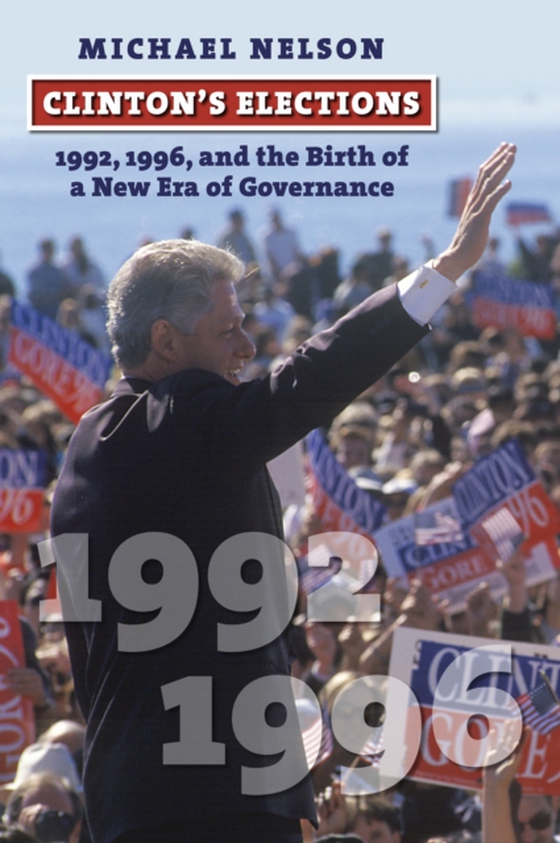
Clinton's Elections e-bog
310,39 DKK
(inkl. moms 387,99 DKK)
In the presidential elections of 1980, 1984, and 1988, the three Democratic nominees won an average of about 10 percent of the Electoral College votea smaller share than any party in any three consecutive presidential elections in US history. In the next seven elections, Democrats won the popular vote in all but one (2004), a feat not achieved by a political party since the Democratic Party's i...
E-bog
310,39 DKK
Forlag
University Press of Kansas
Udgivet
1 april 2020
Længde
312 sider
Genrer
1KBB
Sprog
English
Format
epub
Beskyttelse
LCP
ISBN
9780700629183
In the presidential elections of 1980, 1984, and 1988, the three Democratic nominees won an average of about 10 percent of the Electoral College votea smaller share than any party in any three consecutive presidential elections in US history. In the next seven elections, Democrats won the popular vote in all but one (2004), a feat not achieved by a political party since the Democratic Party's inception in the 1820s. What separated these record-setting runs was the election and presidency of Bill Clinton, whose pivotal role in ushering in a new era of American politicsfor better and for worsethis book explores.Perhaps because Clinton's presidency was hobbled by six years of divided government, ended in a sex scandal and impeachment, and was sandwiched between Republican administrations, it is easy to forget that he revived a presidential party that had become nearly moribund. In Clinton's Elections Michael Nelson describes how, by tacking relentlessly to the center, Clinton revived the Democrats' presidential fortunesbut also, paradoxically, effectively erased the center, in the process introducing the new political reality of extreme partisan divisiveness and dysfunctional government. Tracing Clinton's place in American politics from his emergence as a potential nominee in 1988 to his role in political campaigns right up to 2016, Nelson draws a deft portrait of a savvy politician operating in the midst of divided government and making strategic moves to consolidate power and secure future victories. With its absorbing narrative and incisive analysis, his book makes sense of a watershed in the modern American political landscapeand lays bare the roots of our current era of political dysfunction.
 Dansk
Dansk

